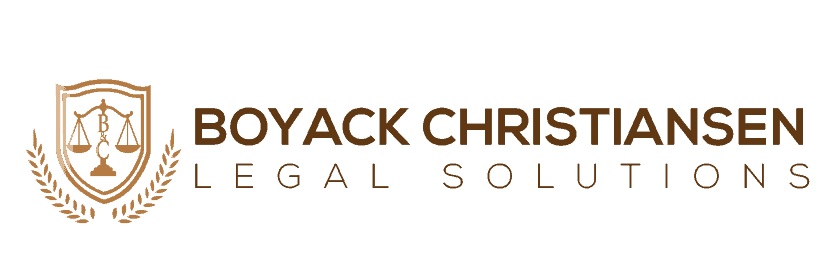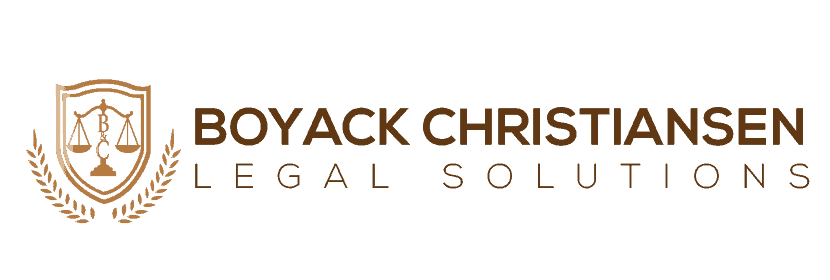Legacy Protection: Your Guide to Business Succession Planning
Planning for the future may seem overwhelming, but with the guidance of a skilled St. George Utah business succession planning attorney, you can navigate the process with confidence and secure the continuity of your business. Succession planning can be a daunting task for any business owner, but it’s a crucial aspect of ensuring the long-term success and sustainability of your company.
In essence, business succession planning is all about strategizing for the day when you decide to step down or retire from your role as the owner or leader of your company. It involves making important decisions on who will take over, how they will do it, and what steps need to be taken to make the transition as smooth as possible.
Quick Summary
Below is an overview of the key points of this article.
- Business succession planning involves creating a strategy for when the owner departs, retires, or passes away, including clear instructions for transferring ownership, crucial for small and family-run businesses.
- Succession plans can be long-term or emergency plans, with long-term plans focusing on gradual transitions and emergency plans addressing abrupt changes.
- Key elements of a business succession plan include a strategic plan, financial plan, ownership transition, successor identification, and governance.
- Ownership transfer methods include selling to a co-owner, selling back to the company, transferring to family, passing to key employees, or selling to an external entity, with various advantages and challenges for each option.
What is Business Succession Planning?
Business succession planning is about creating a strategy for when an owner departs, retires, or passes away. It provides clear instructions for transferring ownership. These plans are especially vital for small and family-run businesses, often a part of the owner’s estate plan.
By having an effective business succession plan, a company can keep running smoothly when the owner leaves or passes away, reducing costs and disruptions while ensuring its future. In short, well-drafted succession plans help minimize risks.
Why Do I Need a Business Succession Plan?
Nobody likes to imagine a sudden inability to manage a business. However, just like estate planning, preparing for your desires and requirements in advance yields long-term benefits. Succession planning can take on different forms and may include:
- Nurturing the next generation of leaders within your company, whether due to your planned or unexpected departure.
- Keeping key employees engaged through enticing benefit packages and enforcing non-compete and non-solicitation agreements.
- Establishing comprehensive agreements among business owners to solidify management and financial arrangements, as well as address the consequences of events like death, disability, and retirement.
- Utilizing board structures, trusts, powers of attorney, and other methods to mitigate the impact of sudden loss of control.
- Organizing your business affairs efficiently, maximizing your asset value, and smoothly transitioning the business to a qualified buyer.
- Considering family factors, so that wills, trusts, gifts, and other estate planning strategies can benefit younger generations.
What Are the Types of Business Succession Plans?
Succession plans typically fall into two main categories: long-term and emergency plans.
Long-Term Business Succession Plans
Long-term planning means looking ahead and getting ready for a future ownership transfer, like an owner’s retirement. It involves identifying and nurturing talent overtime to prepare them for leadership roles. Don’t forget to review and update your long-term succession plan as your company’s needs change.
Emergency Business Succession Plans
An emergency succession plan handles abrupt ownership shifts, like an unexpected owner’s passing, which can disrupt the business. It covers legal ownership transfer and temporary measures until more permanent plans, like appointing an acting successor, are in place.
What Are the Key Elements of a Business Succession Plan?
Your business succession plan should be tailored to your specific needs and circumstances. However, there are essential, common elements that should be part of every business succession plan.
Strategic Plan
A strategic plan is the cornerstone of any effective business succession plan. It outlines the overall vision and objectives for the future of the company. This plan should include a roadmap for growth, diversification, and adaptation to changing market conditions, ensuring the business remains competitive.
It provides a clear direction for the successor and ensures alignment with the company’s long-term goals and values.
Financial Plan
The financial plan is crucial to ensure the company’s financial stability during the transition. It involves assessing the business’s current financial health and making necessary adjustments. It includes a budget that accounts for the costs of the succession process and ensures the availability of funds to cover unforeseen challenges.
The financial plan also addresses tax implications and strategies to maximize the value of the business during the transition.
Ownership or Leadership Transition
The transition of ownership or leadership is a pivotal element of the succession plan. It defines how the transfer will occur, whether through sale, inheritance, or other means. This section should specify the timeline for the transition and the roles and responsibilities of all parties involved.
It also outlines how the outgoing owner or leader will provide guidance and support to the successor to ensure a smooth handover.
Successor Identification
Identifying and grooming a successor is a critical step in the business succession process. This element focuses on selecting the right individual(s) to take over leadership. It involves assessing potential candidates’ skills, experience, and readiness, as well as providing them with training and mentorship.
Successor identification ensures a seamless transition and minimizes disruptions to the business’s operations and culture.
Governance
Governance refers to the framework that governs decision-making and accountability within the organization. A strong governance structure is vital for maintaining stability during succession. This element outlines the roles and responsibilities of key stakeholders, including the board of directors, shareholders, and management.
It establishes clear lines of authority and communication to ensure a smooth transition process and maintain the business’s integrity and reputation.
How Do Businesses Get Transferred in Utah?
Business succession isn’t a one-size-fits-all process. It varies, with some businesses passing to the next generation. While the others seek competitors or employee buyouts. The most common ownership transfer methods include:
- Selling business shares to a co-owner.
- Selling the business back to the company for distribution among remaining owners.
- Transferring the business to family members.
- Passing ownership to key employees.
- Selling to an external entity.
Business owners have various options to choose from. It will depend on their preferences and the specific circumstances of their business. Each path comes with its own set of advantages and challenges.
Why Do I Need a Business Succession Planning Attorney in Utah?
Considering business succession planning in Utah? Here’s why you should have our St George Utah business succession planning attorney by your side:
- Providing tailored guidance based on the state’s specific laws and regulations.
- Helping you develop a comprehensive plan that aligns with your goals. Ensuring a smooth transition.
- Helping safeguard your interests, ensuring a seamless transfer of ownership.
- Helping navigate potential conflicts and ensure a fair and equitable transition.
- Helping you create contingency plans to address unforeseen circumstances.
- Assuring that your business’s future is in capable hands.
Trusted Legal Guidance in Every Business Succession Planning in Utah
When it comes to business succession planning in Utah, having the right legal partner can make all the difference. Boyack Christiansen Legal Solutions is here to guide you through every step of the process. Our legal team understands the unique challenges and opportunities that come with planning for the future of your business.
With our years of legal experience, you can rest assured that your business and your legacy are in capable hands. If you’re ready to take the next steps in securing your business’s future, don’t hesitate to reach out to Boyack Christiansen Legal Solutions. Our trusted St George Utah business succession planning attorney is ready to provide you with legal guidance and strategic solutions tailored to your specific needs.
Contact us today and discover how we can help you navigate the complexities of business succession planning with confidence and peace of mind. Our law firm can also assist you with Criminal Defense, Personal Injury, and Bankruptcy. Your future starts here with Boyack Christiansen Legal Solutions.


